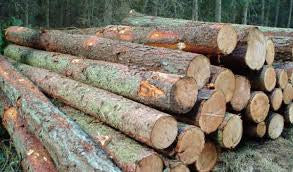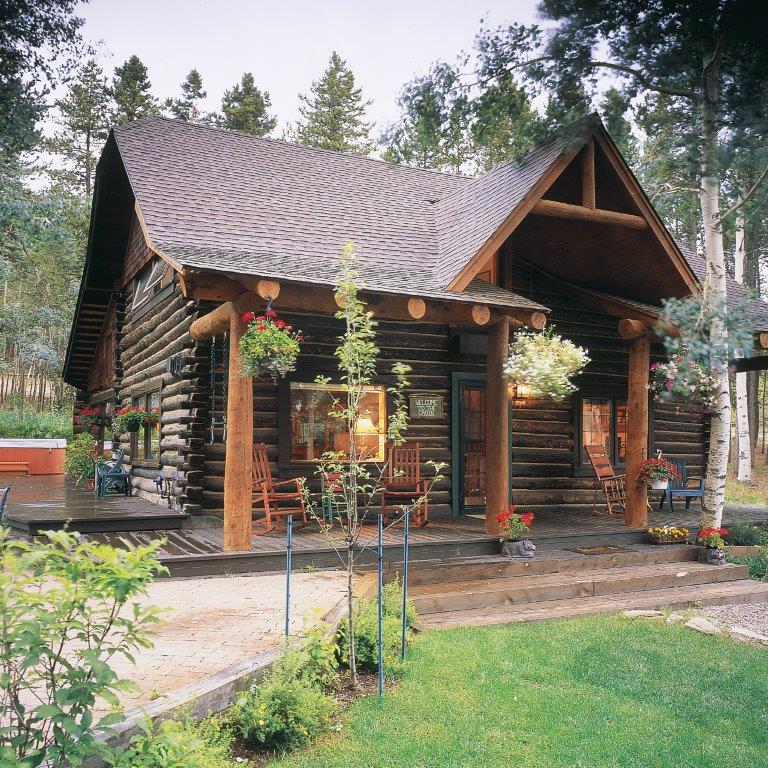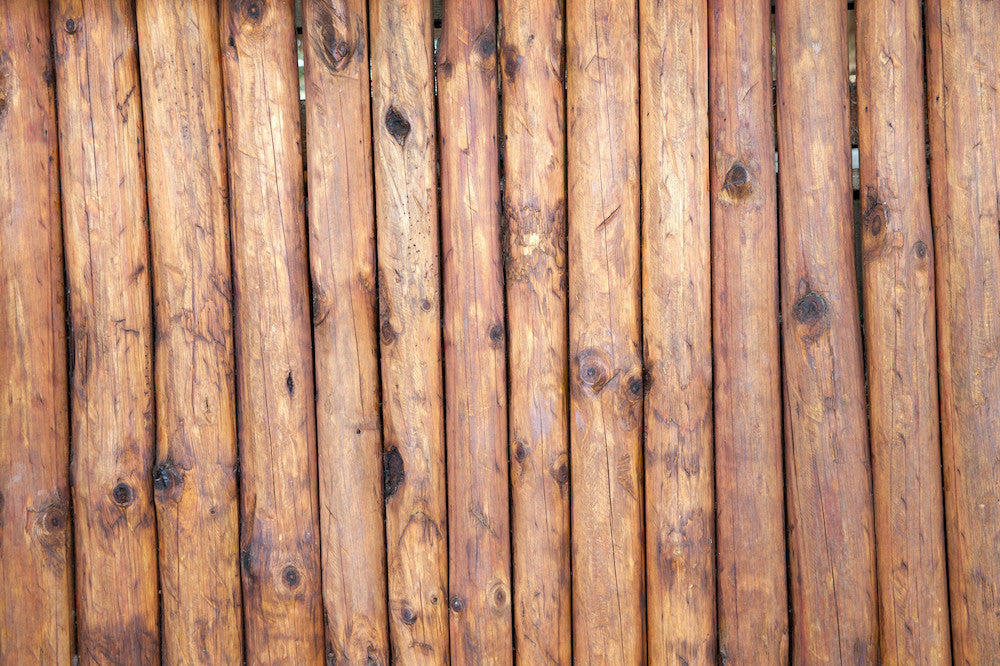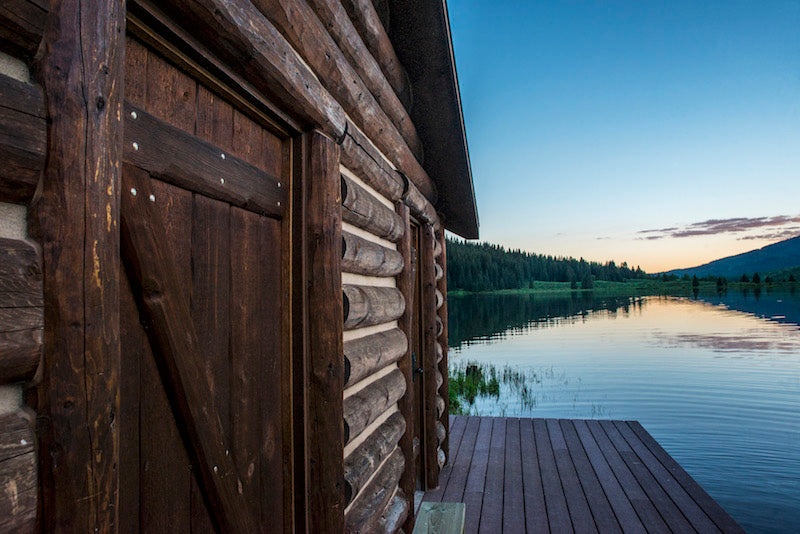What Species of Wood Make the Best Log Homes?

Making the big decision to build a log home is an exciting one. You’re probably already imagining yourself curled up on the couch with a mug of something warm, enjoying your surroundings. But before you get too ahead of yourself, there are a few details that you need to go over. Here we’ll review a few species of wood that make the best log homes, and what the differences are between them.
Cedars
Cedars have some great characteristics for log homes. One of the best is their natural ability to resist water. Too much moisture in wood is never a good thing, especially for such a large investment like your home.
Cedar has the ability to strongly battle harsh environments while keeping its integrity intact. The resilience it has against rot and bugs make it the perfect choice for outdoor use. Being able to withstand many different regions and the unpredictable weather that comes with living in them is always a positive.
The Western Red Cedar is going to be the ideal choice for a log home because it has the ability to grow straight up and at the required length needed to make longer logs. Due to the fact that it’s Softwood, it will be lighter and have the advantage of being better insulated than many other options.
White cedar is also a great choice, but has a few disadvantages because of its size and the way it grows. It will produce smaller logs and involve more connective areas that might not be as attractive to prospective log homeowners.
Pine
Red pine is a great decision for a log home because it stays exceptionally strong when properly maintained. Cedar will be able to withstand the outdoors better on its own when compared to pine. Pine just needs a little more attention and it will perform fine.
Many people choose to incorporate this wood into the design of their home, but often don’t use it for the entire project. Plus, red pine grows abundantly and is going to be an economical choice for wood species. White pine will be stronger when preventing decay and insect damage, but is more expensive because it doesn’t grow with the same habits of red pine.
Hardwoods
Hardwood log homes are popular because they are strong and durable. Walnut, oak, and poplar are going to be your main choices. They are attractive, and are often easy to put together. However, one downfall with hardwoods is they can get very pricey depending on the region you want to build your log home in.
Others
These are only a few of the options available. There are also spruces that conveniently come in large pieces and don’t carry a lot of moisture. These can also be a little pricier depending on your location.
Cypress and hemlock are other species of woods that you will also hear mentioned for log homes. The best rule is to get out there and do your research.
No wood species is going to be perfect, but you shouldn’t have trouble finding the one that has almost all of the characteristics you are looking for. Researching wood types may not be glamorous, but it's an important step in building your home!




